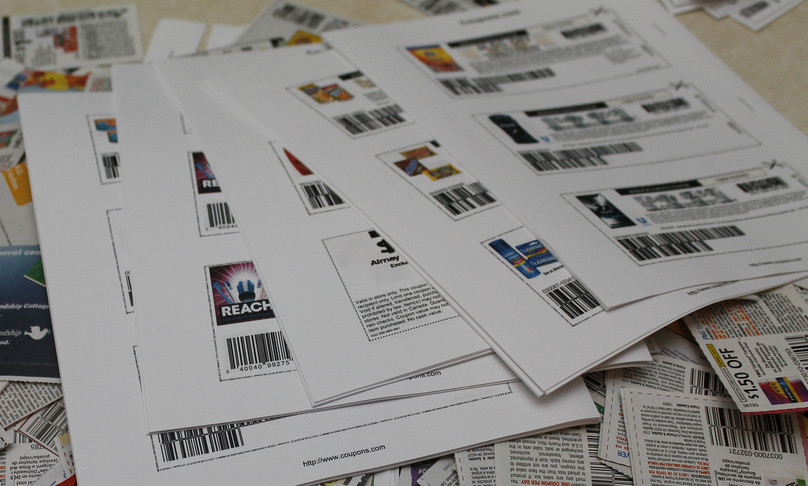
Investors can be a fickle bunch. They’re also more accustomed to making money than saving money. So you can forgive them if they don’t know a whole lot about coupons. Weeks after they sold off their stock in Coupons.com and sent the company’s share price to a record low, investors have suddenly reversed course and starting running up the stock price again – because they just now discovered that printable coupons are pretty popular.
Well, millions of coupon users could have told them that. Should investors be taking these analysts’ advice, or should couponers be giving advice to the advisers?
Turns out the printable coupon company has a competitor to thank, indirectly, for its reversal of fortune. Coupons.com’s stock started rising on Friday, after a Bank of America report cited a new study by NCH Marketing, a division of Valassis, which also owns the printable coupon site RedPlum.com.
Got all that?
NCH Marketing’s new “Mid-Year CPG Coupon Facts” report is the latest to analyze the state of couponing so far this year. Like earlier mid-year checkups by Kantar and Inmar, the NCH report found that the number of coupons both distributed and redeemed in the first half of 2014 is up from the same period last year. It also found that newspaper insert coupons make up 92.5% of all the coupons available in 2014 so far, while digital and printable coupons each represent a mere fraction of a percentage point.
Yet, out of all the billions of insert coupons available, only 0.6% were redeemed, about the same rate as last year. Digital coupons’ redemption rate was a more impressive 8.3%, down slightly from last year. But printable coupons were redeemed at a rate of 15% – up nearly a full percentage point from last year, and second only to the redemption rate for “instant on-pack” coupons, or peelies, which you essentially have to go out of your way NOT to use.
Those figures got one stock analyst’s attention. In an investment report released by Bank of America on Friday, analyst Nat Schindler cited what he called NCH Marketing’s “updated view on the coupon industry” and said its key takeaway was that “digital coupon growth continues to outpace other coupon categories”, as evidenced by the wide discrepancy between the redemption rates of traditional printed and newfangled digital and printable coupons.
Therefore, he concluded, Coupons.com is one to watch. With some analysts valuing the company’s stock as low as $11, Schindler is much more bullish. He set his price target at $30, more than twice the price Coupons.com was selling for at the time.
And just like that, Coupons.com’s stock began to surge. It closed Friday at $15.28, up nearly 10% (the markets were closed yesterday for Labor Day).
Of course, that’s a far cry from its high of $33, in the six months since Coupons.com went public. The company’s inability to produce profits might partly explain investors’ recent lack of enthusiasm for the stock. But so might investors’ inability to distinguish the company from other struggling publicly-traded discount providers, ranging from the flash-in-the-pan deals site Groupon, to the one-of-many coupon code aggregator RetailMeNot.
As the internet’s leading purveyor of printable coupons, and after 16 years in the business, Coupons.com is no flash in the pan. And, while digital and printable coupons still represent a tiny fraction of all available offers, there’s no denying they’re growing and gaining favor.
All Coupons.com needs to do now is figure out how to make money by helping us save money. And maybe make some money for those impressionable investors while they’re at it.










